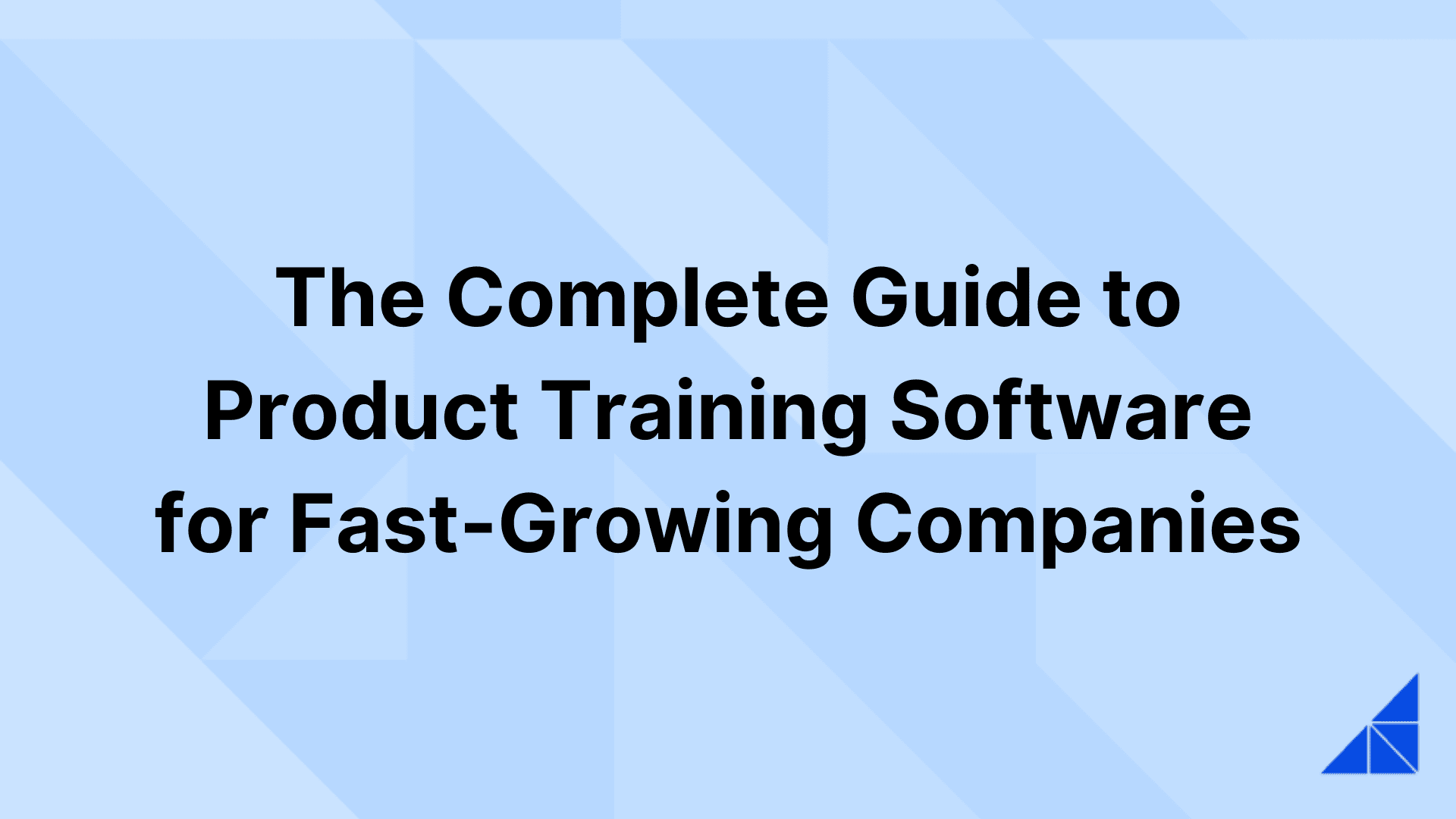L&D
Collaborative Editing in LMS: Smarter, Faster Content Creation
May 9, 2025

Samantha Fitzgerald
Creating training content isn’t a solo job anymore, nor should it be. Collaborative editing in LMS’s has changed the game, making it easier for teams to work together, improve content on the fly, and scale learning programs faster than ever. With AI tools joining the mix, collaboration is no longer just about sharing a document–it’s about creating smarter, more tailored training with less friction. In this blog, we'll dive into how it works:
Why It Matters
Strong collaborative tools = better, faster content. Here’s why:
Speed: Get from draft to launch faster with simultaneous editing and real-time feedback.
Quality: More eyes on content means better clarity, accuracy, and instructional value.
Engagement: Tailor content using AI and feedback to create more relevant learning experiences.
Compliance: Tools like version history and permission settings make it easier to meet regulatory standards.
What Collaborative Editing Looks Like in an LMS
At its core, collaborative editing means multiple people can work on the same training content at once. That includes:
Real-time editing so updates appear instantly.
Inline comments to give precise feedback.
Version history to track changes (and undo mistakes).
Access controls to keep things secure.
Together, these features streamline teamwork and keep everyone aligned, from instructional designers to subject matter experts.
💡 Tips for Smoother Collaboration
A great workflow makes all the difference. Start by setting clear editing guidelines upfront so everyone knows how to contribute. Use AI and version control to manage feedback efficiently, and make sure new collaborators get a quick onboarding to stay aligned. If your team is spread across time zones, lean on async-friendly features to keep things moving without delays.
The Editing Workflow
Here’s how teams can collaborate effectively in an LMS:
Start a New Document: Use a template, outline key objectives, and define content sections.
Assign Permissions: Control who can edit, comment, or view to avoid chaos.
Collaborate in Real Time: Use comments, tag teammates, and watch updates roll in as everyone edits together.
Review and Refine: Use AI to suggest improvements, check for consistency, and track progress.
Finalize and Publish: Complete final QA checks, resolve all comments, and hit publish.
The Tech That Makes It Work
Modern LMS platforms bring together a powerful tech stack to support collaboration:
Text Editors: Rich formatting, real-time updates, and version control
AI Tools: Automated suggestions, instant feedback, faster content creation
Cloud Storage: Secure access across devices, automatic syncing, and audit trails
Whether you're on desktop or mobile, collaboration stays seamless. Teams using LMS tools like WorkRamp are seeing serious impact. For Enable, collaborative editing helped scale their revenue team from 21 to 170 people, without slowing down learning operations.
“The platform enables organizational agility and collaboration that has been essential in helping us through growth and scaling.”
— Lissa Songpitak, Head of Revenue Enablement, Enable
Collaborative editing in an LMS is more than a feature–it’s a new way of working. With the right tools and processes, it can supercharge your training development, improve learning outcomes, and scale your programs with confidence. As LMS platforms continue to evolve, expect even more intelligent collaboration features that help teams work faster, smarter, and better together. Ready to make content collaboration seamless? Discover how WorkRamp helps teams scale smarter.




